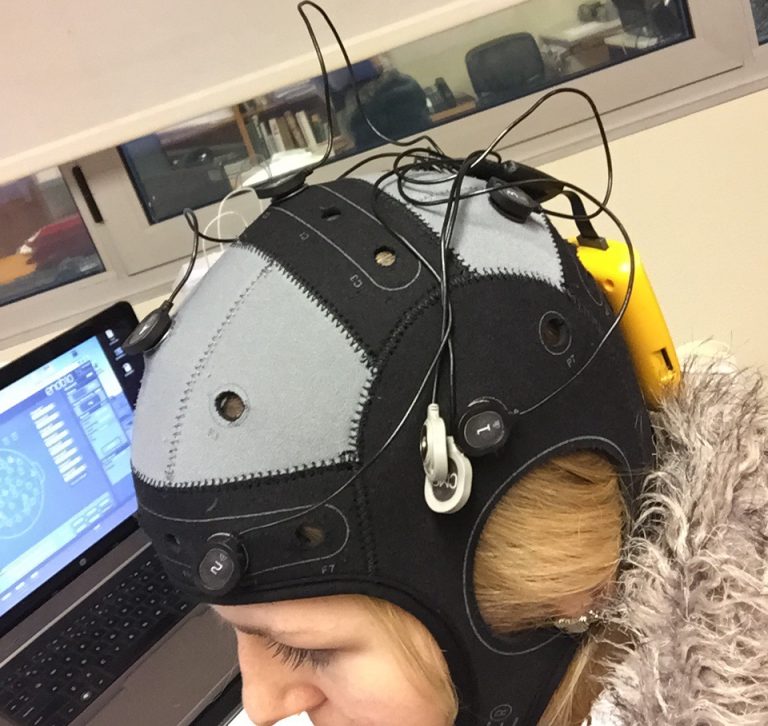How can neuroscience help to answer questions about our living environment and to understand more about our relationship with our surroundings, above all, nature?
Neuroscience allows to peer inside the brain to study the effect our environment has on us. Of course, there are other, more traditional approaches to investigate these effects, but they have their drawbacks. Such an approach is directly asking people about how they feel while in nature. This has limitations however, because nature might have positive effects we are not conscious of, and that we wouldn’t be able to report. For instance, a recent study has showed that the exposure to nature decreases stress to a greater degree than people expect or realise. Using neuroscience to look at the brain is helpful here because it lets us bypass individual awareness to examine the direct physiological effects. This can highlight positive effect that people do not realise are there. Furthermore, it allows us to understand how the physiological effects lead to reduced stress or enhanced feeling of wellbeing, by looking are which brain regions and brain functions are the most affected by the environment.
Can neuroscience really help measure emotions that people have towards some stimuli, or also other things?
It is possible to use neuroscience tools to measure emotional responses to outside events and environments. There are many ways to approach emotions, the most straightforward is to look at how intense an emotional reaction is, and whether its tone is positive or negative. Neuroscience methods and electroencephalography (EEG) in particular have been used successfully to detect the intensity of a felt emotion. Researchers measure emotional arousal, which reflects how intense the physiological and cortical reactions to an emotional event is. Some studies have reported measuring emotional tone using neuroscience tools, but this is much more challenging and might not be always reliable. This is an instance where asking people to report their emotions would help to increase the confidence in the measurement.
Why, in our opinion, the issue of mental health is gaining so much more importance in the recent years?
You would have to ask a mental health professional for a more informed opinion, I’ll just share mine here. For a long time, there has been many barriers to addressing mental health issues. Until recently, health professionals had very few tools to tackle mental health issues. When new mental health therapies became available, people were not aware of what mental health was, and didn’t know that the issues they experienced could be addressed. Also, there was traditionally a stigma attached to mental health, and people were reticent to seek help because they risked suffering a social stigma and being labelled as “crazy”. As a consequence, it was unclear how widespread mental health issues were in the general population because few people were seeking help. With increasing awareness of these issues, and greater scrutiny of their personal and economic impact, there has been an increasing focus on addressing mental health. There is still a need to develop novel mental health tools however, and the focus has been on health interventions that are efficient and cost-effective.
Research is a big aspect of our work here at NeuroLandscape and it has its challenges. For instance, the fact that each person is different, we have different personalities, system of beliefs and we perceive the world in different ways. How can we be sure that we can extrapolate the results from experiment to all generation if we examined only say 30 participants?
This is one of the greatest challenges in research. Different people will respond in many different ways to their environment, whether in the lab or in the real world. As a first step, research can only examine how a group of people on average respond. While it is possible to get an idea for that general trend, there is also great individual variability associated with it. An important step in the research is then to evaluate that variability, and to make sure that we examine a big enough group of participants. As the group size increases, individual variability has a reduced impact, and a better estimate of the typical response can be reached.
As a second step these differences can be of interest of course. Different groups of people might respond differently based on their background or personality, and it can be interesting to examine how these different backgrounds shape their response. In health, this paves the way for personalised interventions that use the most efficient therapy for a person of a given background.





